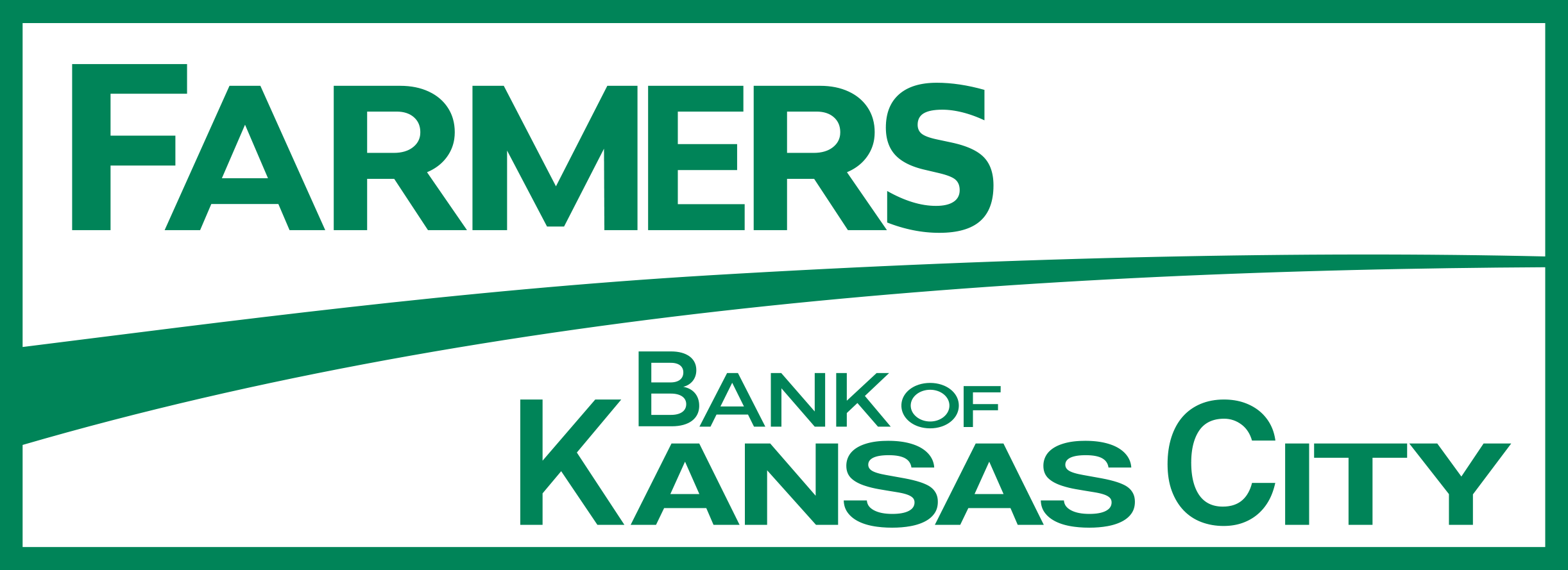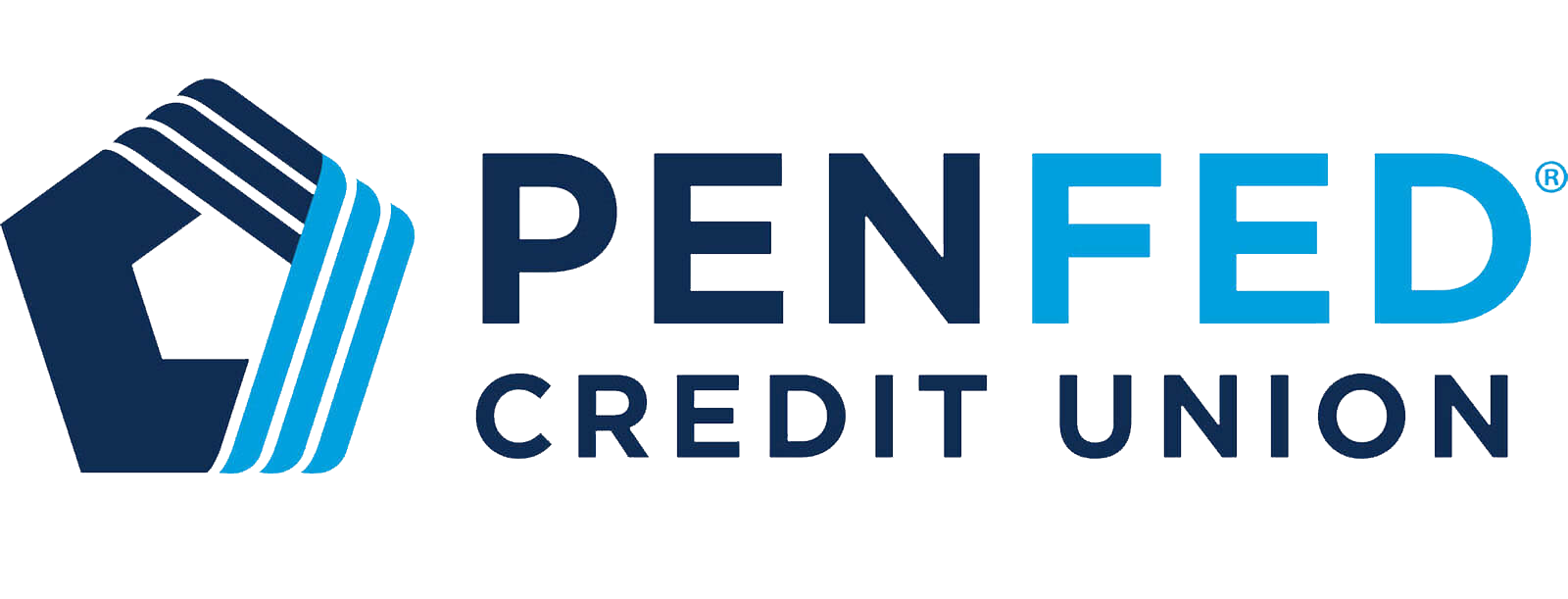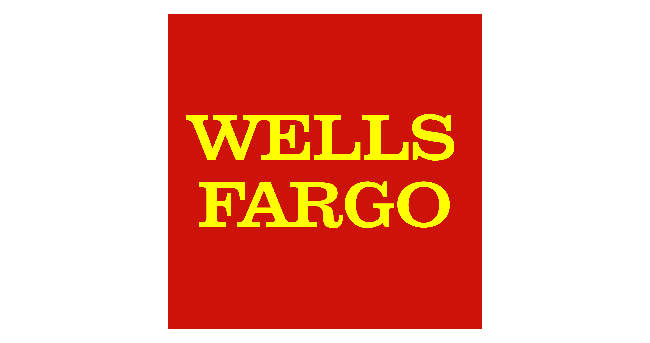
National Average Mortgage Rates
Rates data is based on a borrower with good credit, a conforming loan amount (at least $200,000 but less than the national conforming loan amount), and a loan-to-value ratio of less than 80% (For purchase loans, this corresponds to a down payment of 20% or more). © Zillow, Inc., 2006-2016. Use is subject to Terms of Use
U.S. News Expert Insights
“Mortgage rates remain uncomfortably high ahead of the spring homebuying season, offering little reprieve for buyers who have been holding out for lower rates. Although the labor market has shown signs of weakness in recent months as the unemployment rate rises, inflation is still running hotter than Federal Reserve policymakers would like to see before moving forward with their planned rate cuts.
“Given the recent data on employment and inflation, many forecasters have adjusted their expectations for when mortgage rates will fall – and by how much. Fannie Mae previously expected that the 30-year fixed rate would drop below 6% at the end of 2024, but it now expects rates to stay above 6% through 2025. Wells Fargo also revised its forecast upward in anticipation of higher-for-longer interest rates.
“In the meantime, spring homebuyers will be stuck with higher mortgage rates and a limited inventory of homes, with rate-locked homeowners reluctant to sell. But on the bright side, high rates are likely to dampen demand, so those who buy a house now could face less competition. Meanwhile, buyers who are waiting for rates to fall will likely have some company.”
– Erika Giovanetti, U.S. News Loans Expert
Average Mortgage Rates, Daily
Product |
Interest Rate |
APR |
|---|---|---|
|
30 Year Fixed |
6.613% |
6.69% |
|
20 Year Fixed |
6.358% |
6.456% |
|
15 Year Fixed |
5.716% |
5.844% |
|
10 Year Fixed |
5.625% |
5.851% |
|
30 Year Refinance |
7.355% |
7.461% |
|
15 Year Refinance |
5.976% |
6.183% |
|
5 Year ARM |
6.628% |
7.642% |
|
3 Year ARM |
6.125% |
7.204% |
|
Jumbo |
6.84% |
6.907% |
|
VA |
5.699% |
6.072% |
|
FHA |
5.7% |
6.482% |
Updated: 3/28/2024
Rates data is based on a borrower with good credit, a conforming loan amount (at least $200,000 but less than the national conforming loan amount), and a loan-to-value ratio of less than 80% (For purchase loans, this corresponds to a down payment of 20% or more). © Zillow, Inc., 2006-2016. Use is subject to Terms of Use
For someone who wants to pay off their mortgage aggressively and score a low interest rate, a shorter-term loan can be worth considering. Though a 15-year term is the most common option, there are also 10-year fixed rate mortgages available.
When deciding whether a 10-year mortgage is right for you, you’ll want to look carefully at the interest savings, compare the payoff schedule with other loan types and really think carefully about what you can afford to pay monthly. Learn more about how 10-year mortgages work and whether they make sense for you.
Calculate Your Mortgage Payment
An initial payment made when the home is bought.
The amount of time you have to repay the mortgage.
The APR (annual percentage rate) you pay to the lender, which can be found in your loan agreement. The default displayed represents yesterdays national average APR for 30-year fixed mortgages.
Payment Details
Monthly Payment Breakdown
“A 10-year mortgage works like any other amortizing mortgage,” says Dan Green, CEO of Homebuyer.com, a mortgage company for first-time homebuyers. “A 10-year mortgage tends to come with lower mortgage rates than comparable 15- and 30-year mortgages, but because the payback period is compressed into a smaller time frame, the monthly payments are markedly higher.”
That’s why although on paper the 10-year mortgage can look like a terrific option, the reality may be different for many borrowers.
Who Might Consider a 10-Year Fixed Mortgage
“A borrower who is prudent about their debt usage, doesn’t have any other debt at all and (is) looking to lower their interest cost by accelerating their principal payments might find the 10-year loan appealing,” says Matt Ricci, home loan specialist with national lender Churchill Mortgage.
But if the high monthly payment doesn’t leave much margin in your budget, it’s safer for most borrowers to choose a longer-term loan and voluntarily make higher payments to speed up the payoff and save on interest.
A mortgage calculator can help demonstrate how a $350,000 mortgage would play out over a 10-year, 15-year and 30-year term:
| 10-Year (6.25% rate) | 15-Year (6.5% rate) | 30-Year (7% rate) | |
| Monthly Payment | $3,930 | $3,049 | $2,329 |
| Total Interest Paid | $121,576 | $198,798 | $488,281 |
| Total Loan Cost | $471,576 | $548,798 | $838,281 |
In this example, a 30-year loan would cost about 78% more than a 10-year loan in total, while a 15-year loan would be about 16% more. However, you’ll also notice the monthly payment is significantly higher as you decrease the number of years in the loan term.
Pros
-
Allows for a lower interest rate and less overall interest owed on the debt
-
You’ll build equity much faster than you would with a longer-term loan
-
You’ll become a debt-free homeowner much quicker, which may appeal to older buyers approaching retirement
Cons
-
Requires a principal payment much greater than longer term loans
-
Less cash flow for other financial goals like retirement savings or building an emergency fund
-
Higher payments will make it harder to qualify from a debt-to-income ratio standpoint
Refinancing is when you take out a new mortgage to pay off your existing mortgage. Typically, people do this when they can qualify for better terms or a lower interest rate.
Moving from a 30-year mortgage to a 10-year loan could save you lots of money in interest over time, but your monthly payments will likely skyrocket and closing costs will be added to the loan. If doing so gets you a significantly lower interest rate, that could help offset some of the monthly increase and make it worthwhile, but you’ll have to crunch the numbers.
Let’s say your original 30-year loan was for $350,000 with an interest rate of 7%. Five years into the loan, you decide you want to speed up your payment schedule and consider refinancing to a 10-year loan. Here are some of the key considerations you should think about:
- How much interest will you pay over the life of the loan? If you stick with your original loan until the end of the 30-year term, you’ll pay $488,281 in total interest.
- Next, see what the impact of a 10-year loan would be. If you refinance at the end of five years, you’ll be starting with a balance of $329,460, but let’s round up to $335,000 to take closing costs into account. If you stayed at the same 7% interest rate, the new 10-year loan will cost you a total of $131,756 in interest.
- Now, add that amount to the five years of interest you already paid on the first loan. Based on a standard amortization schedule, you would have paid $23,242 in interest in the first five years of your 30-year loan, so the grand total would be $154,998.
- See how much savings the refinance would provide. You’d save $333,283 in interest if you refinanced.
- Finally, decide if you can afford the monthly payment increase. Your monthly payment would rise from $2,328 to $3,890 under this scenario.
If you are able to get a lower interest rate when you refinance, the savings would be more substantial and the monthly payment increase wouldn’t be as significant. Using a mortgage refinance calculator and working with a financial advisor when weighing your options can help you make the best choice.
Compare Top Mortgage Lenders
|
|||||
|
|||||
|
Unlike 30-year and 15-year mortgages, the 10-year loan may not be available everywhere, says Ricci. He recommends getting quotes from at least five or six lenders that specialize in that product and will aggressively price it. “You have to make sure you shop around enough to get a 10-year loan providing you the most amount of benefit,” he says.
From there, do your due diligence as you would with any mortgage. Compare closing costs, see if there are prepayment penalties and look into the lender’s reputation.
There are a few other options if you’re hoping to pay off your mortgage faster than with a traditional 30-year term. Some to explore:
- 10/1 adjustable-rate mortgage: A 10/1 adjustable-rate mortgage, or ARM, offers a fixed rate for 10 years but switches to a variable rate for the remaining 20 years. The benefit is that you can often get a very competitive fixed rate to start, and it allows for a minimum payment that’s based on a 30-year schedule, says Ricci. If you are able to make aggressive payments and complete the loan in 10 years, you can save a ton. Meanwhile, the smaller payment requirement is available in case you have a temporary cash-flow issue. Once the variable rate kicks in, however, it can become risky and can raise your payment obligation.
- 15-year loan: “When our homebuyers want to use a 10-year mortgage, I usually recommend that they use a 15-year mortgage instead,” says Green. If they pay an extra 30% or so each month, they can still pay off the mortgage in 10 years, he adds. “But if they fall ill, lose their job or face an unexpected financial calamity, the homeowner can find relief by reverting back to those smaller 15-year fixed-rate mortgage payments.”
- 30-year loan: There’s a reason why this is the most popular loan term – it’s because it makes home ownership more affordable from a monthly bill standpoint. Again, you can reduce the number of years and the amount of interest you pay by making extra principal payments. One easy way to do that is to switch to paying biweekly, which takes your monthly payment and cuts it in half every two weeks. Because you’ll make 26 payments per year, you’ll be making the equivalent of an extra month’s payment each year.
- Government-backed loans: If you’re not able to qualify for conventional loan programs, you can look into the Federal Housing Administration loans or Department of Veteran Affairs mortgages.
Like all mortgages, 10-year loan rates are determined by a number of economic factors and each lender’s methodology. This can include the bond market, inflation, the housing market and the federal funds rate. Specialized programs like a 10-year mortgage are also heavily dependent on supply and demand for the product, says Ricci. “In an environment where you have rapidly rising interest rates, you will see a large increase in the number of consumers executing a mortgage over a longer term due to the affordability. This leads to a demand problem for shorter mortgage terms and can lead to an inversion in interest rates for 10-year products in comparison to that of a 30-year mortgage,” he explains.
You can pay off your mortgage early with most lenders, but you should inquire whether there are prepayment penalties. Some lenders may charge you a fee if you try to pay off the loan in full within the first three to five years after origination.
A fixed-rate mortgage locks in your interest rate for the life of the loan so that you have the same payment amount in the first month as you do for your final payment. An adjustable-rate mortgage typically begins with a fixed, usually competitive, rate for a set amount of time, such as five, seven or 10 years. After that period, the loan switches to an adjustable rate that fluctuates each year going forward.















